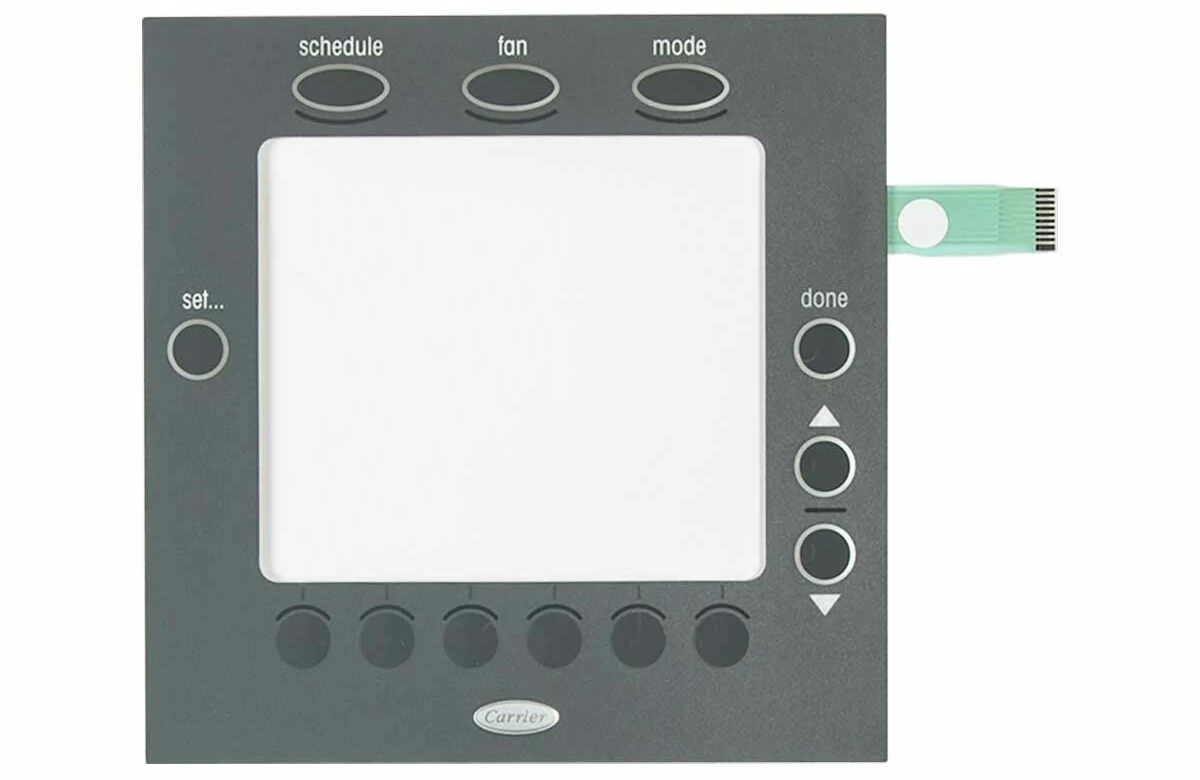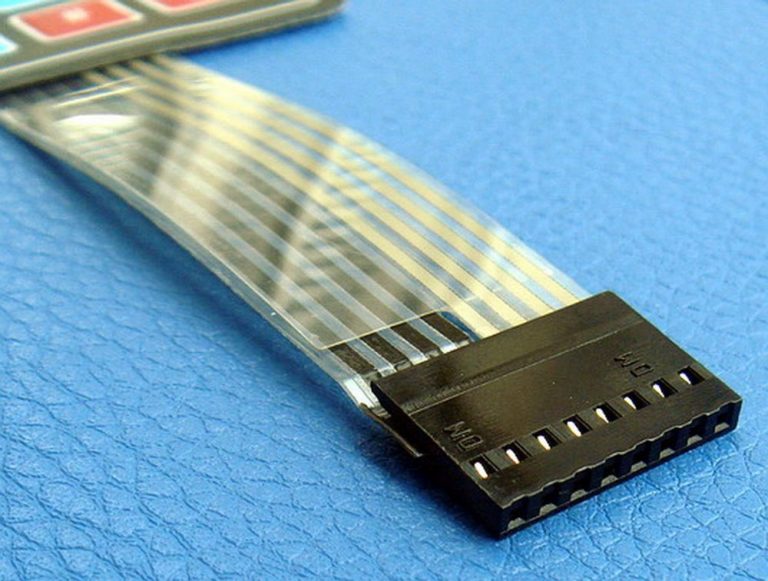Discover Exactly How Membrane Switches Function and Their Function in Modern Electronics
Membrane Switches represent a sophisticated assimilation of modern technology and style within the realm of contemporary electronic devices, working as crucial user interfaces in numerous tools. Consisted of multiple layers, these buttons utilize pressure-sensitive devices to assist in user interaction. Their applications span various sectors, from consumer electronic devices to medical equipment, highlighting their convenience and significance. Comprehending the intricacies of Membrane button performance and their wider implications in boosting customer experience welcomes more expedition right into their style, advantages, and the innovative advancements shaping their future in technology.
What Are Membrane Switches?

Membrane switches are differentiated by their resilience and resistance to ecological elements, such as dust, dampness, and extreme temperature levels. They can be tailored with numerous graphics, shades, and responsive responses choices, boosting individual experience while keeping aesthetic appeal - membrane switches. Furthermore, the consolidation of published circuits enables smooth assimilation into gadgets, boosting general capability.
The convenience of Membrane switches is apparent in their capacity to support both intricate and easy control features. They can integrate features such as LED signs and touch-sensitive technology, satisfying certain customer needs. As modern technology continues to develop, Membrane Switches remain essential for making it possible for instinctive and efficient user interfaces, thereby playing a pivotal role in the development of modern-day digital tools.
Parts of Membrane Buttons
Membrane switches are composed of numerous vital elements that function together to develop a reliable and practical user interface. The main aspects include the graphic overlay, glue layer, spacer layer, and conductive traces.
The graphic overlay acts as the interface, commonly published on a flexible substrate such as polyester or polycarbonate. This layer not just supplies visual charm yet also includes responsive comments, visual cues, and safety features. Under the visuals overlay lies the adhesive layer, which secures the switch to the device and makes certain resilience versus environmental stresses.
The spacer layer is vital for keeping the needed gap in between the graphic overlay and the circuit layer. When pressure is applied, this void enables for the activation of the button. The conductive traces, normally made from silver or carbon, form the electric pathways that finish the circuit when the switch is engaged.
Additionally, a support layer might be consisted of for structural support and insulation. These parts collaborate flawlessly, ensuring that Membrane buttons are both straightforward click for source and durable, making them indispensable see this page in numerous contemporary digital applications.
How Membrane Switches Work
How do Membrane Switches feature effectively within digital tools? Membrane Switches run on the principles of pressure-sensitive technology, utilizing a layered building and construction that consists of visuals overlays, glue layers, and conductive aspects.
The design of Membrane buttons is vital for their reliable procedure (membrane switches). The layers are diligently engineered to give responsive comments, durability, and resistance to ecological factors such as moisture and dirt. The addition of domes-- tiny, increased locations within the button-- improves responsive feedback, giving individuals with a visible click feeling upon activation
Moreover, Membrane buttons can be personalized in terms of dimension, form, and graphics, making them suitable for different applications. They are commonly made use of in control panels, clinical tools, and customer electronics because of their streamlined design and dependability. In general, the effective functioning of Membrane switches is essential in improving user interaction and guaranteeing smooth procedure in modern-day electronic gadgets.

Applications in Modern Devices
Utilizing their distinct layout and functionality, Membrane buttons have actually become important elements in a broad variety of modern-day electronic devices. These functional interfaces are used in consumer electronic devices, industrial tools, clinical devices, and auto controls, offering smooth customer communication.
In customer electronics, Membrane buttons are frequently found in appliances like microwaves, cleaning makers, and various other house tools, where they make it possible for instinctive control with a streamlined account. Their inconspicuous layout helps with assimilation right into compact tools, improving aesthetic allure without endangering capability.
In industrial applications, Membrane Switches act as control board for machinery, providing toughness and resistance to rough atmospheres. Their capacity pop over to this site to stand up to wetness and contaminants makes them excellent for use in manufacturing and processing industries.
Clinical devices additionally gain from Membrane switches, which are made to be simple to clean and keep, making sure health in medical setups. They are typically used in analysis equipment, individual monitoring systems, and mobile medical gadgets, where dependability is extremely important.
Benefits of Membrane Buttons
One of the crucial benefits of Membrane buttons is their convenience, which enables them to be tailored for a selection of applications throughout several sectors. These switches can be developed in numerous forms and sizes, suiting special item demands while providing seamless integration right into devices. Their thin account enables a smooth and small style, usually improving the aesthetic appeal of digital products.
An additional substantial benefit is their resilience - membrane switches. Membrane buttons are commonly immune to dust, moisture, and chemicals, making them ideal for severe environments. This durability expands their life-span contrasted to typical mechanical buttons, lowering the demand for frequent substitutes
Additionally, Membrane Switches offer cost-effectiveness. The manufacturing process involves printing modern technologies that decrease production expenses, specifically for big runs. This affordability, combined with low upkeep demands, makes them an eye-catching choice for makers.

Final Thought
In verdict, Membrane Switches represent a significant development in user interface modern technology within modern-day electronics. As the demand for durable and intuitive user interfaces continues to expand, the role of Membrane switches in forming user experience will unquestionably broaden.
Membrane Switches represent an advanced assimilation of modern technology and design within the world of contemporary electronics, serving as vital user interfaces in many tools.In the world of modern-day electronics, Membrane Switches serve as crucial parts that facilitate individual interaction with tools. As technology proceeds to develop, Membrane Switches continue to be necessary for allowing reliable and intuitive individual interfaces, thereby playing an essential duty in the improvement of modern electronic gadgets.
Exactly how do Membrane Switches feature properly within digital gadgets? In general, the reliable performance of Membrane buttons is pivotal in boosting user interaction and making certain smooth procedure in modern-day electronic gadgets.